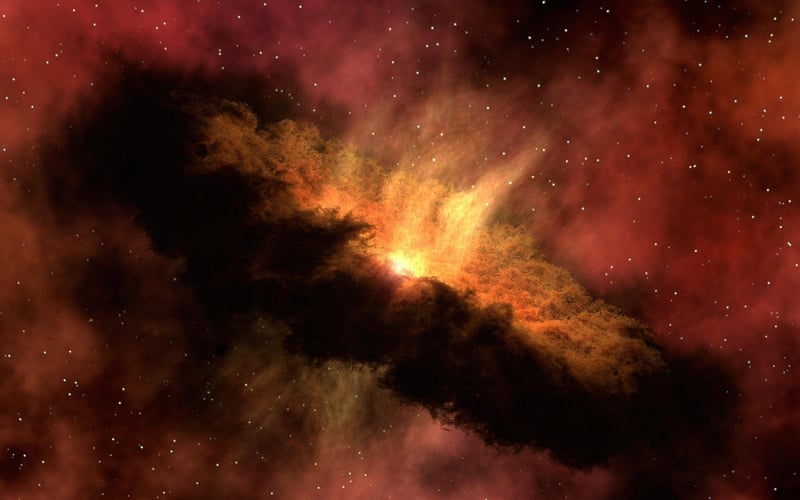Habitability Studies
Exploring Life Beyond Earth: Habitability Studies
Are we alone in the universe? This age-old question has captivated scientists and enthusiasts alike for centuries. As we continue to explore the cosmos, the search for extraterrestrial life remains a fascinating field of study. Scientists are conducting habitability studies to determine the conditions that could support life beyond Earth.
What is Habitability?
Habitability refers to the suitability of an environment to support life. When scientists assess the habitability of a celestial body, they look for conditions that are conducive to the existence of living organisms. These conditions may include the presence of water, a stable atmosphere, and the right temperature range.
Methods of Studying Habitability
Researchers use various methods to study the habitability of exoplanets, moons, and other celestial bodies. These methods include:
- Remote Sensing: Scientists use telescopes and other instruments to gather data from distant objects. By analyzing the light reflected or emitted by these objects, researchers can infer information about their atmospheres, surfaces, and potential habitability.
- Space Missions: Probes and rovers are sent to explore nearby planets and moons. These missions provide direct measurements and observations that help scientists assess the habitability of these celestial bodies.
- Computer Modeling: Researchers create computer models to simulate the conditions on exoplanets and moons. These models help scientists predict the potential habitability of these celestial bodies based on factors such as distance from their host star and composition.
Key Factors for Habitability
When studying the habitability of a celestial body, scientists consider several key factors:
- Presence of Water: Water is essential for life as we know it. Scientists look for evidence of liquid water or ice on a celestial body, as it could indicate the potential for habitability.
- Stable Atmosphere: An atmosphere helps regulate temperature and protect against harmful radiation. Celestial bodies with stable atmospheres are more likely to support life.
- Temperature Range: The temperature range on a celestial body is crucial for the existence of liquid water and other essential compounds for life.
- Chemical Composition: The presence of key elements and compounds, such as carbon, nitrogen, and oxygen, is essential for life to thrive.
Images from Habitability Studies
Take a glimpse at some images captured during habitability studies:


Exploring the possibility of life beyond Earth is an exciting endeavor that pushes the boundaries of our understanding of the universe. By studying the habitability of celestial bodies, scientists are one step closer to answering the age-old question of whether we are alone in the cosmos.
Stay tuned for more updates on habitability studies and the search for extraterrestrial life!
